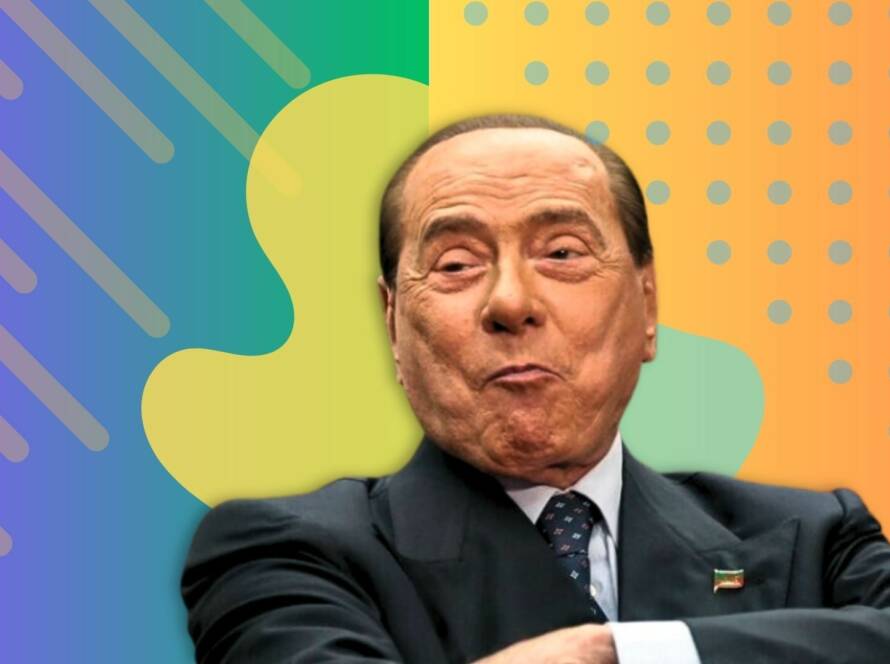Although communication makes the world go round, on April 1st, every year countries take part in April Fools’ a day of miscommunication. In today’s era of global advertising many companies take part in the tradition: from Burger King’s Whopper flavoured toothpaste to reverting the Amazon website to its 1999 look.
But how did April Fools’ day begin? And why do companies spend so much time and money creating fake ad campaigns as a joke?
The origins
The true origins of the festivity are unknown, however there are different theories. Perhaps the most ancient version of the day is the Roman festival of Hilaria, the latin word for “joyful”, which was typically celebrated at the end of March by followers of the cult of Cybele. The day involved dressing up in disguises and mocking fellow citizens and even magistrates.
Another, more recent, hypothesis claims the day started in 16th century France. Before then the new year was always celebrated around March 25, which used to be the date of the spring equinox. However, in 1582 the French King decided to adopt the Gregorian calendar, moving the new year to January 1st. Since news did not travel fast back then, some believe that rural parts of France were unaware of this change and still celebrated in April, prompting others to mock them for their ignorance.
Although the day has a pretty consistent presence throughout cultures, France and Italy are the only countries that associate pranks with fish. Referred to as “Poisson d’Avril” and “Pesce d’Aprile” respectively, the reason for this fish imagery is, like the origin of the day, unknown. It could be tied to the story of how Cleopatra pranked Mark Anthony during a fishing competition. Perhaps it’s because the zodiac sign around this period is Pisces.
Big brands and April Fools’ Day
Today, many brands take part in the celebration with ads for fake products or by changing their website’s design. Despite just being for the fun of it, this involvement has contributed to increasing their popularity. Since the festivity is recognised by multiple cultures around the globe, poking fun at themselves and being more light-hearted can make companies appear more down-to-earth and approachable in the eyes of the public.
In the competitive world of marketing and communication, big brands are always on the lookout for new ways of engaging with their audience and of distinguishing themselves from the masses. April Fools’ Day, with its playful atmosphere, offers a unique opportunity for companies to showcase their creative and fun side.
Famous April Fools’ Day pranks
One such example of this approach was the famous “Google Nose” prank in 20213, when Google announced the possibility of “smelling” the odours through their search engine. This prank not only captured the attention of the public, but also highlighted the brand’s versatility and innovation.
Netflix also took part in the festivity, by presenting a “Netflix Live” service, in which Will Arnett gave voice over commentary regarding scenes of daily life. This prank proved to be successful both at making people laugh and at showcasing the brand’s ability to entertain even outside of their core business.
Equally memorable was the Virgin Atlantic initiative. In 2013 they announced a plane with a glass floor, allowing passengers to enjoy the view beneath their feet as they flew through the sky. This prank underscored the brand’s ability to think creatively and out of the box, generating wide scale media coverage and public buzz.
BMW, on the other hand, made a humorous announcement. They announced that the Duke and Duchess of Cambridge were going to bring back the Royal Baby home from the hospital in a BMW pram. This joke proved that the brand knew how to take advantage of big media events to generate buzz around their products.





